Saints
About Andrew Cusack
 Writer, web designer, etc.; born in New York; educated in Argentina, Scotland, and South Africa; now based in London.
Writer, web designer, etc.; born in New York; educated in Argentina, Scotland, and South Africa; now based in London. read more
News
Blogs
Reviews & Periodicals
Arts & Design
World
France
Mitteleuropa
Knickerbockers
Argentina
The Levant
Africa
Cape of Good Hope
Netherlands
Scandinavia
Québec
India
Muscovy
Germany
Academica
Mourning in Vienna
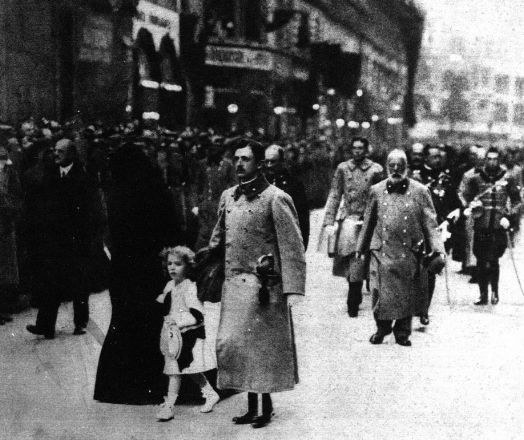
The Blessed Emperor Charles at the funeral of the late Emperor Franz Joseph, the saint’s great uncle, in November 1916. Between the Blessed Charles and his Empress, Zita of Bourbon-Parma, is Crown Prince Otto. Otto lives today, and is the head of the Hapsburg family.
Grant us the grace, with his intercession, to follow his example and serve the true cause of peace, which we find in the faithful fulfillment of Your holy will. We ask this through Jesus Christ our Lord, who lives and reigns with You and the Holy Spirit, one God, forever and ever.
Amen.
Category: Monarchy | Previously: Our Holy Emperor
Sinterklaasfeest
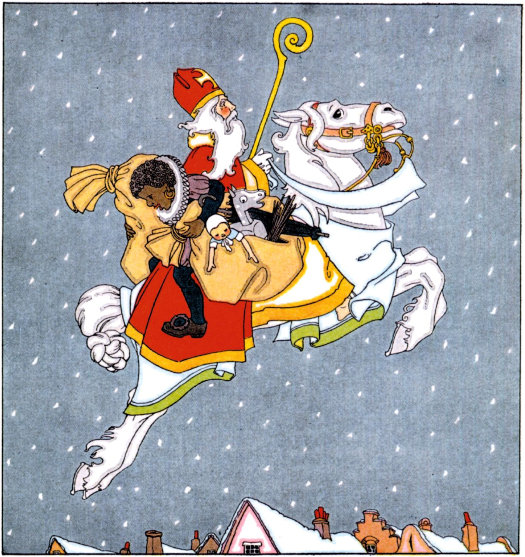
Wishing you all a very blessed Saint Nicholas day!
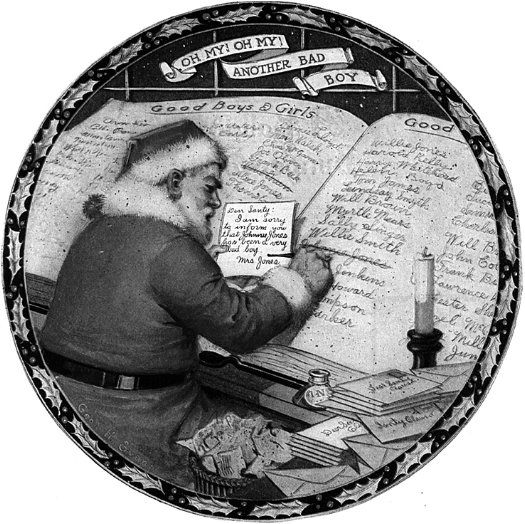
‘First of Britain’s Sons To Die’
Saint Alban, June 22
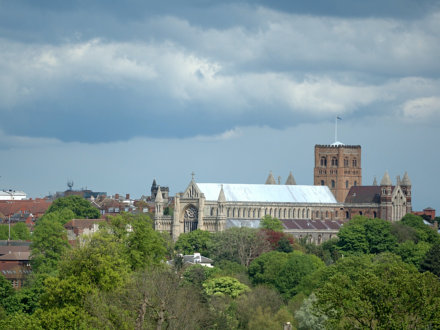
Sing triumphant o’er the foe;
Tell of him, a Martyr glorious,
For the changeless truth laid low;
Faithful servant, bright example,
Whom all lands and ages know.
Valiant soldier, noble Martyr,
First of Britain’s sons to die,
Pagan ire and cries withstanding,
By the grace of God Most High,
By the strength of Him, Protector
Who, in strength and power, was nigh.
Laud and honour to the Father,
Equal honour to the Son,
Adoration to the Spirit,
Ever Three and ever One,
Consubstantial, Co-eternal,
While unending ages run.
These were the words to the school hymn at St. Alban’s College down in Argentina, which I briefly had the privilege of attending and which is currently celebrating its centenary year (more on that in another post). It was down beneath the Southern Cross that I first became more closely acquainted with good Saint Alban, who was the first Christian martyr of Britain.
For Saint George
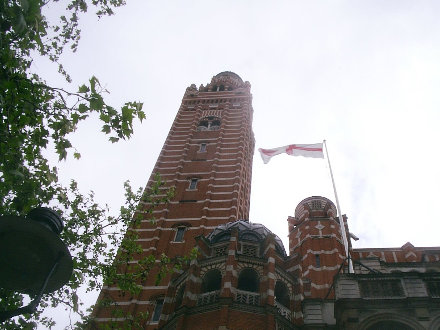
THE CROSS OF SAINT GEORGE snaps proudly from the flagpole above Westminster Cathedral, the Administrator of which, Msgr. Mark Langham, has given us a special St. George’s Day treat by revealing the newly-commissioned designs for completing the mosaic work in that cathedral’s chapel dedicated to the patron saint of England.
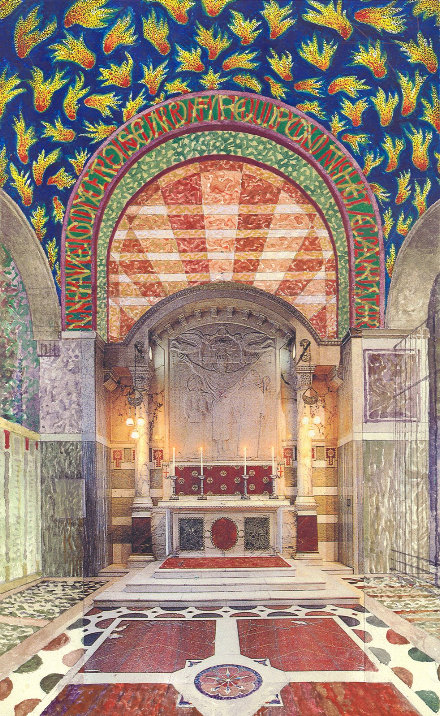
James II, Our Catholic King
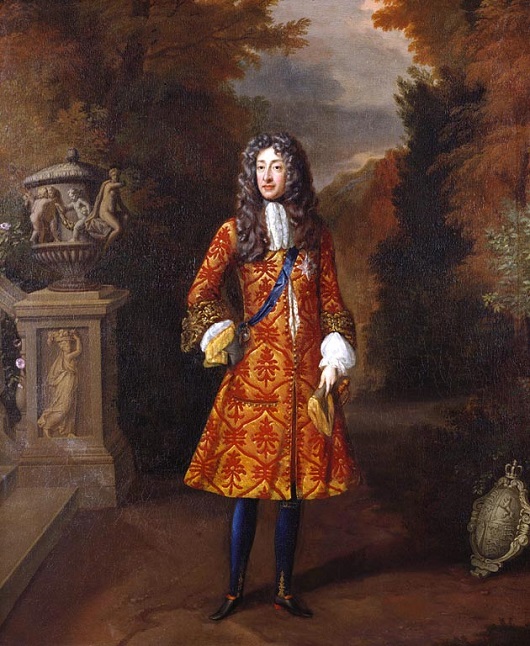
THIS PAST SATURDAY was the anniversary of the birth of King James II and VII of England and Scotland. The third son of Charles I, he was baptised into the Anglican church six weeks after his birth and was created Duke of York at eleven years of age. James married Anne Hyde, the daughter of the Earl of Clarendon, by whom he fathered eight children, though only two survived past childhood.
In 1664 the Duke of York equipped an expedition to relieve the Dutch of responsibility for their colonies in North America, and henceforth New Amsterdam and New Netherland were known as New York after their new Lord Proprietor.
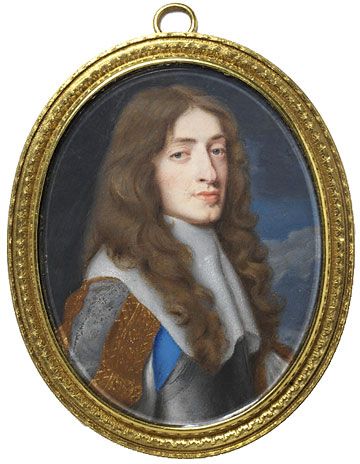
Sometime during the year 1670 both the Duke and Duchess of York were received into the Catholic Church and stopped attending Anglican services, though the conversion did not become public knowledge until the Test Act (requiring officeholders to receive communion in a Church of England service and take an oath against Transubstantiation) was passed three years later. James was forced to renounce his offices, such as Lord High Admiral of England, though not his titles. At any rate, Anne, the Duchess of York had died in 1671 only a year after her conversion. He married Princess Maria of Modena in 1673.
The Protestant oligarchs felt threatened by the prospect of a Catholic king and thrice tried to pass laws barring James from succeeding to the throne. However his elder brother Charles II, the reigning king, dissolved parliament each time before the bill was to be passed. King Charles II died in February 1685, (having reconciled himself to the Catholic faith before his end) and thus the Duke of York was proclaimed James II of England and VII of Scotland. A private Catholic coronation was held at Whitehall Palace on April 22 before the public coronation the following day on the feast of Saint George, which was performed according to the rites of the Church of England.
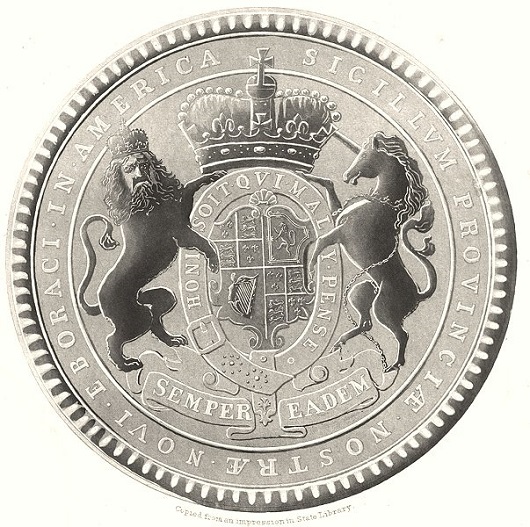
James had appointed the Catholic Thomas Dongan
as Governor of New York in 1682.
The Protestant oligarchs’ fears that James would end their hegemonic grip on Scotland and England proved well-founded as in 1687 he issued a Declaration of Toleration as King of Scotland, allowing Catholics, Episcopalians, and other non-Presbyterians to hold public office and the right of public worship, and a Declaration of Indulgence as King of England removing the laws penalizing non-attendance or non-communion at Church of England services, permitting non-Anglican worship in private homes or chapels, and abolishing religious oaths for public offices. Furthermore, James had allowed Catholics to hold positions at the University of Oxford for the first time since the Protestant Revolution. More provocatively, he tried to transform Magdalen College Oxford into a Catholic seminary. He had already reckoned with the rebellion of the Duke of Monmouth who proclaimed himself king two years earlier but had been captured, tried, and executed for treason. With the birth of a Catholic son and heir, Prince James Francis Edward, in 1688 a cabal of seven Protestant nobles issued an invitation to William of Orange, the Protestant Stadtholder of the Netherlands. A few months later, William of Orange duly arrived and usurped the throne, having already married James’ daughter Mary from his first marriage. The two ruled jointly as William and Mary.
Unwilling to create a popular martyr as had happened with the executed Charles I, William allowed James to escape and fled to France where Louis XIV gave the exiled monarch the use of a palace and an ample pension. James was intent on returning to his birthright, however, and took advantage of the Irish parliament’s refusal to recognise William’s usurpation of the throne. The King landed in Ireland in March of 1689 at the head of a Franco-Irish army but was defeated by William in the famous Battle of the Boyne in July 1690, and returned to his place of exile in France.
There, Louis allowed him to live in the château of Saint-Germain-en-Laye and offered to get James elected King of Poland but James felt this would prevent any chance of a Stuart again holding the throne of England. From that time onwards, James led a simple life of penance in reparation for his sins (he had had a number of mistresses in his younger days) and finally died in 1701. He was entombed in the Chapel of St. Edmund within the English Benedictine church on the Rue St. Jacques in Paris, while his brain was sent to the Scots College in Rome, his heart to the Visitandine Convent at Chaillot, and his bowels divided between the College of St. Omer (the exiled English Catholic school, now Stonyhurst in Lancashire), and the nearby parish church of St. Germain where they remained until they were desecrated by a Revolutionary mob and lost forever. His monument at Saint-Germain, however, was rediscovered in 1824 and is proudly displayed there to this day. There is also a monument to James and the Stuarts in St. Peter’s Basilica in Rome (c.f. Roma – Caput Mundi).
Aside from the pious tradition that Edward VII was received into the Church on his deathbed, James II was the last Catholic king (and as good King Edward never reigned over New York, James is even more certifiably so for us). There is a lovely coronation ode to James which I just might bring to your attention someday. But for now, reflect and remember our monarchs of old and pray that God in His mercy might grant us good Catholic rulers in stead of the shabby lot we elect today.
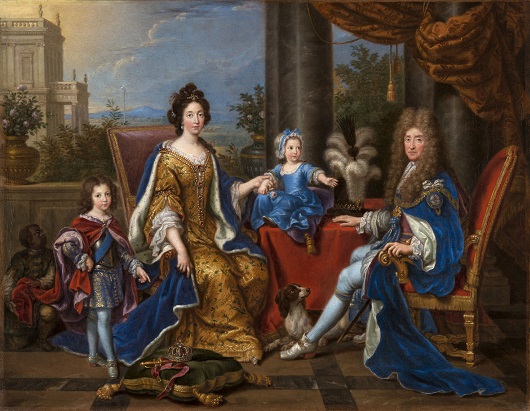
Gabriel García Moreno
Ecuador’s Saintly President
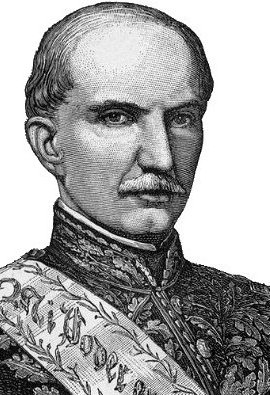
WE LIVE IN an age which is almost completely devoid of Christian statesmen. In their stead, we are today ruled by faceless bureaucrats and vapid masters of spin. Gentlemen once sought public office in the hopes of ensuring order and the public good while dark and knavish men sought the same in their lust for power. The politicians of today, meanwhile, tend to be of neither inspiration but rather seem all too often to have engaged upon the ‘career’ of ‘public servant’ because they lack any of the skills necessary to succeed in any real, productive employ, station, or vocation. Given the sad state of affairs in our day, we must look to the past — to another age and indeed another continent — in our search for models of Christian leadership in the temporal realm of a modern republic. In this search, the name of the journalist, scholar, statesman, and saint, President GABRIEL GARCÍA MORENO of Ecuador, stands taller than any other in the Americas. (more…)
St. John Nepomuk Neumann
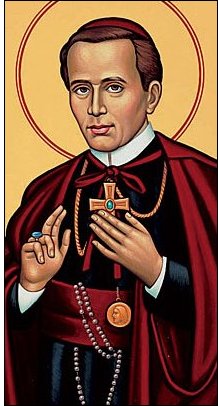 TODAY IS THE feast of St. John Neumann, the saintly Bishop of Philadelphia. St. John was born to a Czech mother and German father in Prachatice (Prachatitz), Bohemia and attended the Charles University in Prague with the intention of being ordained to the priesthood. His bishop, however, decided against any new ordinations as there were too many priests in Bohemia already (Just imagine!). John, fluent in six languages, wrote to other bishops in Europe seeking ordination until he decided to appeal to the episcopacy of the United States. He became the first Redemptorist in the New World when he took his vows in Baltimore in 1842. Six years later he became an American citizen, and just ten years later he was consecrated Bishop of Philadelphia.
TODAY IS THE feast of St. John Neumann, the saintly Bishop of Philadelphia. St. John was born to a Czech mother and German father in Prachatice (Prachatitz), Bohemia and attended the Charles University in Prague with the intention of being ordained to the priesthood. His bishop, however, decided against any new ordinations as there were too many priests in Bohemia already (Just imagine!). John, fluent in six languages, wrote to other bishops in Europe seeking ordination until he decided to appeal to the episcopacy of the United States. He became the first Redemptorist in the New World when he took his vows in Baltimore in 1842. Six years later he became an American citizen, and just ten years later he was consecrated Bishop of Philadelphia.
St. John Neumann built ninety-eight schools, fifty churches, and began construction on a cathedral, as well as writing two catechisms. His earthly remains are on view in Philadelphia to this day.
The Feast of the Immaculate Conception of the Blessed Virgin Mary
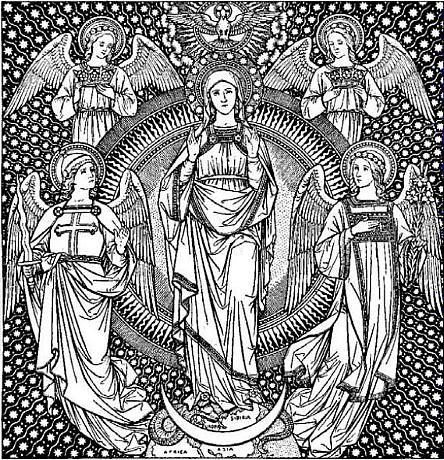
The Holy Father has declared a plenary indulgence for this day, which is also the patronal feast of the United States.
The following Act of Consecration was supposedly composed by Archbishop John Carroll, the first bishop of the United States (or Foederatarum Civitatum Americae Septentrionalis, to give it’s official Latin name).
Most Holy Trinity, we put the United States of America into the hands of Mary Immaculate in order that she may present the country to You. Through her we wish to thank You for the great resources of this land and for the freedom which has been its heritage. Through the intercession of Mary, have mercy on the Catholic Church in America. Grant us peace. Have mercy on our President and on all the officers of our government. Grant us a fruitful economy, born of justice and charity. Have mercy on capital and industry and labor. Protect the family life of the nation. Guard the precious gift of many religious vocations. Through the intercession of Our Mother, have mercy on the sick, the tempted, sinners – on all who are in need.
Mary, Immaculate Virgin, Our Mother, Patroness of our land, we praise you and honor you and give ourselves to you. Protect us from every harm. Pray for us, that acting always according to your will and the Will of your Divine Son, we may live and die pleasing to God. Amen.
O Blessed Nicholas
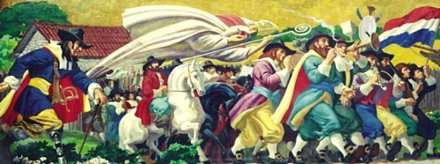
A very happy and blessed St. Nicholas Day to you all. St Nicholas is, as you all know, the patron saint of New York owing to our Netherlandish forefathers. Above you can see Lumen Martin Winter’s mural of St. Nicholas leading Peter Stuyvesant’s legion on their way to attack and take the Swedish fort of Christiania in New Sweden. The account of the battle by Washington Irving is hilarious and counts among my favorite selections of comic writing.
If you’d like to learn more about St. Nicholas, the St. Nicholas Center is a good place to start, as well as the holy bishop’s entry in the Catholic Encyclopedia.
It’s also Sofie von Hauch’s birthday. Tillykke med Fødselsdagen!
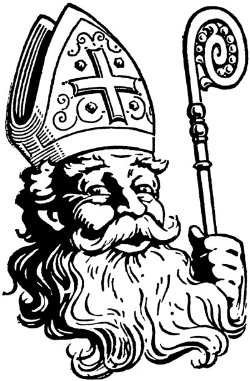
Previously: The Feast of St Nicholas
St. Edith Stein: Martyr for Truth
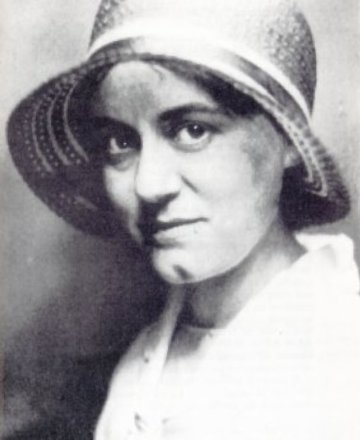
The 20th witnessed great advances in science and medicine. But it was not an era for truth. Research uncovered remarkable facts about the physical world, but philosophers and even average people were gripped by the idea that we cannot know anything for certain. Today, many — especially the most educated — allow that we all have notions of true and false, right and wrong, but that no one can claim anything is really the truth.
It is a hopeful sign, then, is that one 20th-century martyr made an extraordinary journey through modern uncertainties, and not only embraced, but was willing to die for the truth of the Catholic Faith.
Edith Stein was born to a well-off Jewish family in Breslau, Germany. Her father died when she was very young, and her mother was a very devout Jew and powerful woman. Edith early showed exceptional intelligence and, when few women pursued higher education, enrolled at the university. Along the way, she had lost her childhood Jewish faith, but her studies were to lead her to quite an unexpected rediscovery of God. [Continue]
Edith Stein — Convert, Nun, Martyr
Edith Stein is one of those people whose entire life seems to be a sign. She was born on Yom Kippur, the Jewish Day of Atonement, in 1891 in Breslau, Germany (now Wroclaw, Poland), the youngest of eleven children in a devout Jewish family.
When she was not yet two years old her father died suddenly, leaving Edith’s mother to raise the seven remaining children (four had died in childhood) and to manage the family business. Brought up on the Psalms and Proverbs, Stein considered her mother a living example of the strong woman of Proverbs 31, who rises early to care for her family and trade in the marketplace. By her teenage years, Stein no longer practiced her Jewish faith and considered herself an atheist, but she continued to admire her mother’s attitude of total openness toward God. [Continue]
More:
Carmelite Saints – The Life of Edith Stein
Edith Stein: A Brilliant Scholar Called to Share in Both the Virtue and Martyrdom of Christ
Women for Faith and Family – Saint Edith Stein (includes collect prayer, reading, and homily from canonization by John Paul II)
Association of Hebrew Catholics
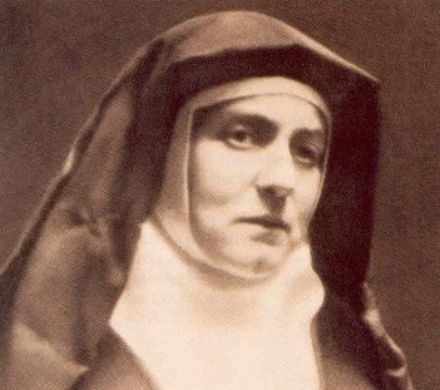
Chesterton Remembered
SIR: Your article on G.K. (This England, Summer 1986) brought back a happy personal memory of that great and kindly man. It was 1930 in Rome, where I was a pupil at a “finishing school” – in this case an English convent. G.K. sometimes came to visit our Reverend Mother; we knew him by sight and, once seen, who could forget the huge man in the big black cloak?
Part of our “finishing” process was to be taken round the museums and galleries of the Eternal City. One day we were being shepherded through the Vatican Museum. My friend and I somehow managed to get separated from the rest of our party and in one of the galleries whom should we see but Mr. G.K. Chesterton. He was about to leave so we followed him down the stairs in the hope of being able to get his autograph. At the foot of the stairs he turned. “As we had such young legs”, he said, “could one of us be so kind as to run back to the gallery where he had left his cloak, and would the other see if she could find him a carrozza [a cab, lit. ‘carriage’]?” We needed no second bidding. I raced back up the stairs, found the familiar black cloak where he had left it and triumphantly returned it to its owner. Meanwhile my friend had found a vacant carrozza. G.K. thanked us both, climbed into the carrozza and drove off. In the excitement we had forgotten about the autographs! Next day a letter arrived at our convent. He addressed it to “The Young Ladies suffering education at the convent at No. 10 Via Boncompagni.” Inside was a sheet full of auto-graphs and a little poem.
For you alone did I desire,
Who brought the prophet’s mantle down
And called his chariot of fire!
I have the precious autograph still and what a strange Chinese-looking affair it is!
— MRS. L. RIPLEY, BRIGHTON
Christmas Eve 1886
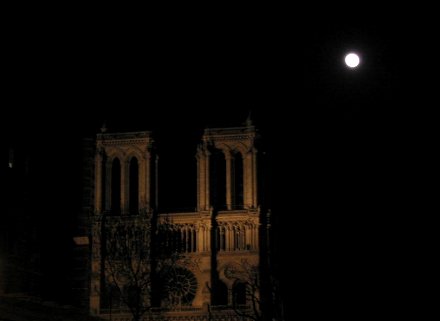
It was on this evening in 1886 that two souls experienced a profound conversion. Thérèse Martin, or Thérèse of Lisieux as she is now known, wrote of it in her spiritual biography, recounting: “On that luminous night, Our Lord accomplished in an instant the work I had not been able to do during years.”
At the same time, almost the same hour, a young man in his twenties, Paul Claudel stood in the Cathedral of Notre-Dame de Paris and began his return to the church. He was later to become a diplomat, poet, writer, and exegist.
Well I could go on further about both, but Philip Zaleski describes the conversion of Thérèse in his recent article ‘The Love of Saint Thérèse’ in First Things whereas Paul Claudel’s conversion is described by Eric Ormsby on the first page of the Arts section in today’s New York Sun. So do some research yourself. There’s a vast kingdom out there waiting to be learnt.
A very happy and blessed Christmas to you all!
The Feast of St Nicholas

Today is the Feast of Saint Nicholas, one of my favorite saints. I’m not quite sure why he’s one of my favorites, but it probably has something to do with being the Patron Saint of New York, the greatest land there ever was. Unfortunately, he’s a somewhat neglected saint, perhaps even abused and overwritten as “Santa Claus”, the secular, materialist idol of the marketplace which has usurped both Nicholas’s heritage and subsequent reinvation a la Washington Irving et Thomas Nast.
There are many fine legends of the good Saint, most of which you can find at the most excellent resource which I highly recommend known as the St Nicholas Center.
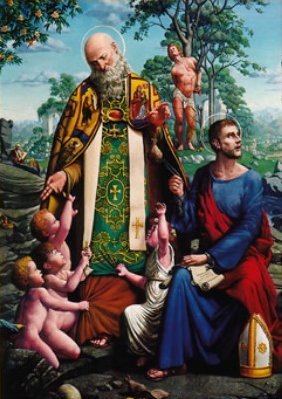
St. Nicholas was once fairly represented in the great metropolis which he watches over. Above he is seen in the sanctuary mural behind the altar at the Church of Saint Agnes – the best parish in all Manhattan. The mural was actually painted by Sean Delonas, a cartoonist for the New York Post. One of the cherubs pulling at St Nicholas is the son of the muralist.
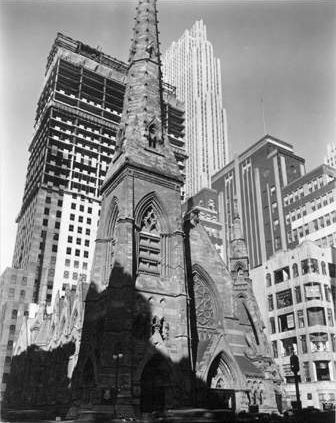
Behold, the church that was once called New York’s ‘Protestant Cathedral’. It’s hard to believe it’s gone, though I was born after it was demolished to make way for the Sinclair Oil Building. The Collegiate Church of St Nicholas was the oldest congregation in the City, founded in 1628 and housed in this late-nineteenth century building on Fifth Avenue. This photograph by Abbott shows Rockefeller Center rising in the background.
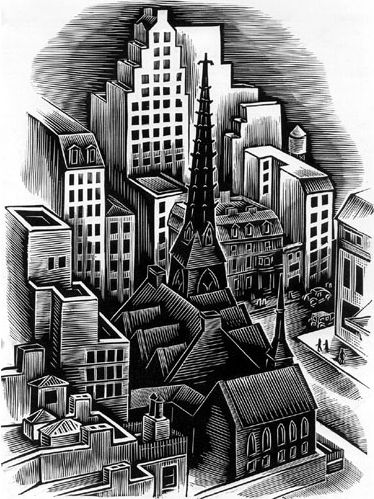
Surprisingly, the congregation – of which some of the most wealthy knickerbockers were members – did not build a new church, instead worshipping at a variety of different locations. I believe it is now dissolved, though perhaps it merged into the West End Collegiate Church.
Next Wednesday
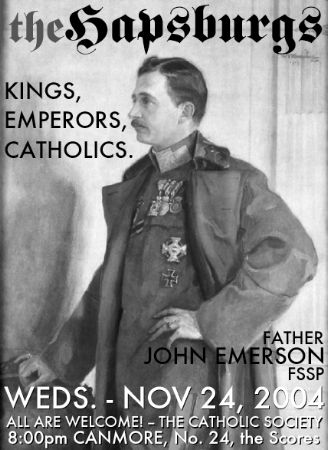
Fr. Emerson will be returning to to Canmore next week to give a talk on the Hapsburgs.
Thérèse
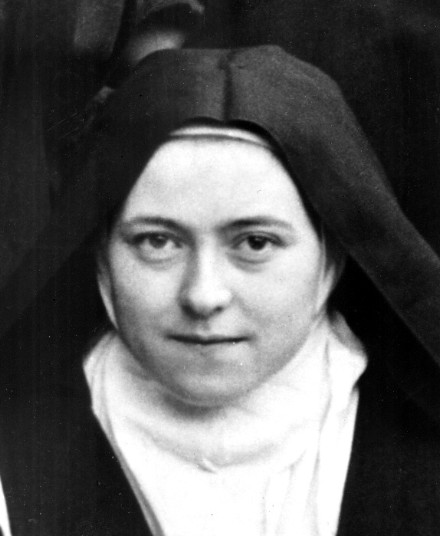
Today after Rosary, Maria was claiming that Bernadette of Lourdes was more beautiful than Thérèse of Lisieux, and I protested. I think Thérèse is more beautiful and I hope readers will agree. Nonetheless, a facetious and superficial discussion.
Vote Pacelli/Sheen in ’04
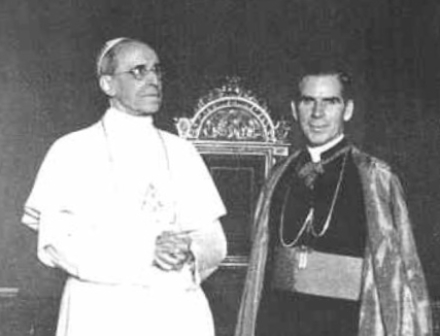
How often do you get two of your favourite people (saints?) together in the same photograph? Here we have Blessed Pius XII and the Servant of God Fulton Sheen.
Listen to some of Fulton Sheen’s brilliant talks, which you can find here, here, and here.
I think my favourite is God in Search of Man, which mentions Thompson’s the Hound of Heaven.
Sacred Architecture, Holy Architect
Every now and then, the Tablet has articles which are spot on. Read about the Blessed Antoni Gaudi in this week’s edition. Well worth a read.
A Saint Returns Home
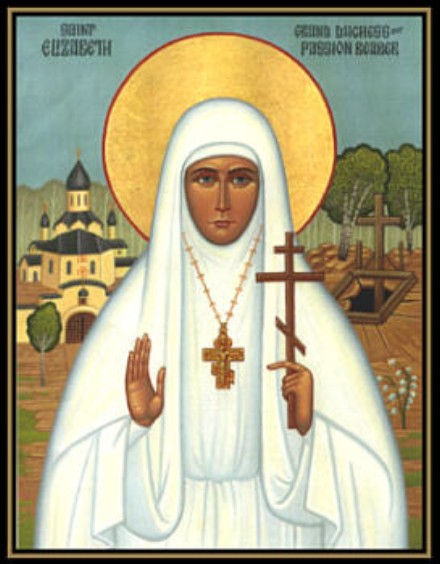
Relics of Saint Elizabeth Romanoff have been greeted enthusiastically by Muscovite crowds, according to Russia’s state-run ITAR-TASS news agency.
To discover the beautiful witness to Christ of Saint Elizabeth, read more about her at the Orthodox Christian Information Center and on the site of Fr. Demetrios Serfes. A statue of the holy Grand Duchess now graces the front of Westminster Abbey.
Good Saint Nick…
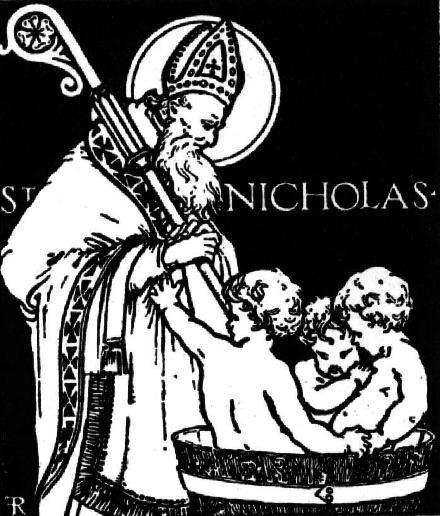
Thanks to our Hollandic foundation, Saint Nicholas is the patron saint of New York. The Saint Nicholas Center has a great website telling you all about good Saint Nick, including this page with tips for celebrating the Saint from none other than the great Joanna Bogle.
Joanna is a brilliant woman who I had a great conversation with after her talk ‘Does the Catholic Church Oppress Women?’ at Canmore during Martinmas term. Mrs. Bogle (whose other half is Jamie Bogle, another UK activist who has visited St Andrews) is a no-nonsense public speaker as well as a brilliant journalist covering issues relating to ethics, conception-to-natural-death, the Church, and women, her most interesting work being on culture. I hope to purchase her Book of Feasts and Seasons sometime soon.
His feast, December 6, is also the birthday of Miss Sofie von Hauch, good friend and Scandinavian femme fatale of polyphony who will be forever remembered for bringing Latin back into our parish’s liturgy at university.
Search
Instagram: @andcusack
Click here for my Instagram photos.Most Recent Posts
- Bicycle Rack April 29, 2024
- Burns Tower April 19, 2024
- Patrick in Parliament March 18, 2024
- Articles of Note: 13 March 2024 March 13, 2024
- Cambridge March 9, 2024
Most Recent Comments
Book Wishlist
Monthly Archives
Categories


